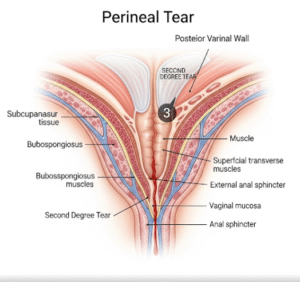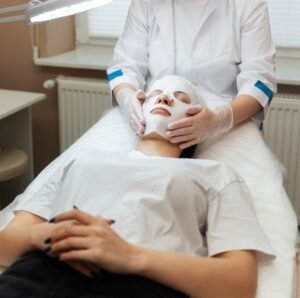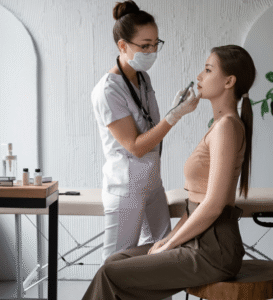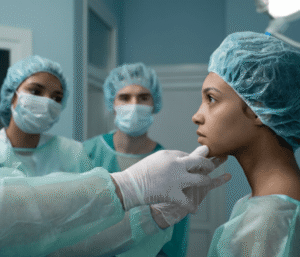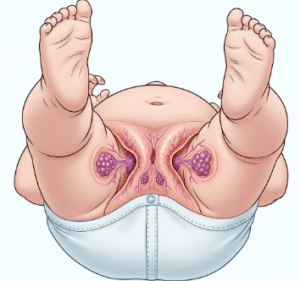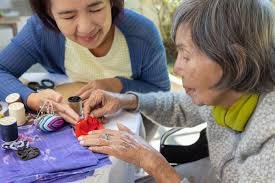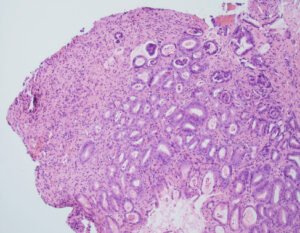Overview
Impetigo is a highly contagious bacterial skin infection primarily affecting infants and young children but can also occur in adults. It is characterized by red sores, blisters, and honey-colored crusts, typically appearing around the nose, mouth, hands, and other exposed areas. While generally not serious, impetigo requires prompt treatment to prevent complications and limit spread. In Korea, dermatologists and pediatricians offer accurate diagnosis, effective antibiotic treatments, and preventive care to manage and control impetigo outbreaks.
What Is Impetigo?
Impetigo is a superficial skin infection caused mainly by Staphylococcus aureus and Streptococcus pyogenes bacteria. It commonly occurs when bacteria enter through minor cuts, insect bites, or other skin breaks. There are two main types: non-bullous impetigo, which presents with small pustules and crusted sores, and bullous impetigo, featuring larger fluid-filled blisters. The infection spreads rapidly through direct contact or contaminated objects.
Symptoms
- Red sores or blisters, often around the mouth, nose, and hands
- Sores that rupture easily, leaking fluid that forms characteristic honey-colored crusts
- Itching and discomfort at the infection site
- Swelling and redness around affected areas
- Occasionally, swollen lymph nodes near the infection
- In severe cases, fever and malaise may occur
Causes
Impetigo results from bacterial invasion of the superficial layers of the skin. Factors contributing to infection include:
- Minor skin injuries such as cuts, scrapes, insect bites, or eczema
- Close contact with an infected person or contaminated surfaces
- Warm, humid environments favoring bacterial growth
- Poor hygiene or crowded living conditions
Risk Factors
- Young children, especially between ages 2 to 5
- Participation in group settings like daycare or schools
- Existing skin conditions like eczema or dermatitis
- Warm, humid climates increasing susceptibility
- Close contact sports or sharing personal items
Complications
- Cellulitis or deeper skin infections if untreated
- Post-streptococcal glomerulonephritis, a kidney inflammation rare but serious
- Spread of infection to other body parts or individuals
- Scarring or pigment changes in affected skin areas
Prevention
- Maintaining good personal hygiene, including regular handwashing
- Avoiding sharing towels, clothing, or personal items
- Prompt cleaning and care of minor skin injuries
- Keeping fingernails short to reduce skin damage from scratching
- Isolating infected individuals during contagious periods
Treatment Options in Korea
Korean healthcare providers follow evidence-based protocols for effective impetigo management:
- Topical Antibiotics:
- Mupirocin or fusidic acid creams applied directly to lesions, particularly for mild cases
- Oral Antibiotics:
- Prescribed for extensive, bullous, or multiple lesions, or if topical therapy fails
- Common options include cephalexin, dicloxacillin, or erythromycin depending on bacterial sensitivity
- Supportive Care:
- Cleaning affected areas with mild antiseptics
- Keeping skin dry and avoiding irritation
- Monitoring for signs of complications
- Public Health Measures:
- Education on hygiene and infection control in schools and daycare centers
- Early detection and treatment to reduce community spread
Korean dermatology clinics often integrate patient education with medical treatment, ensuring rapid recovery and minimal transmission of impetigo.


